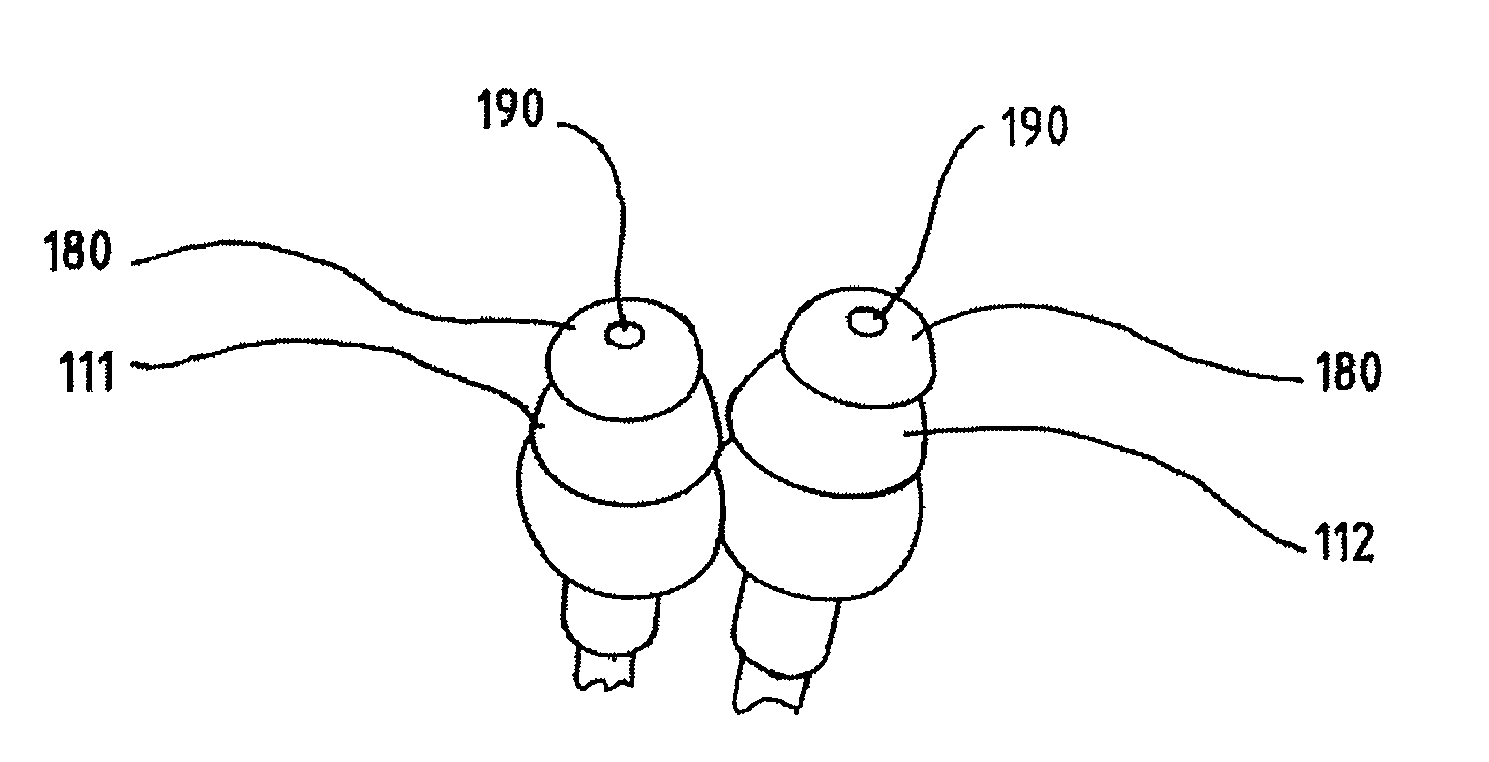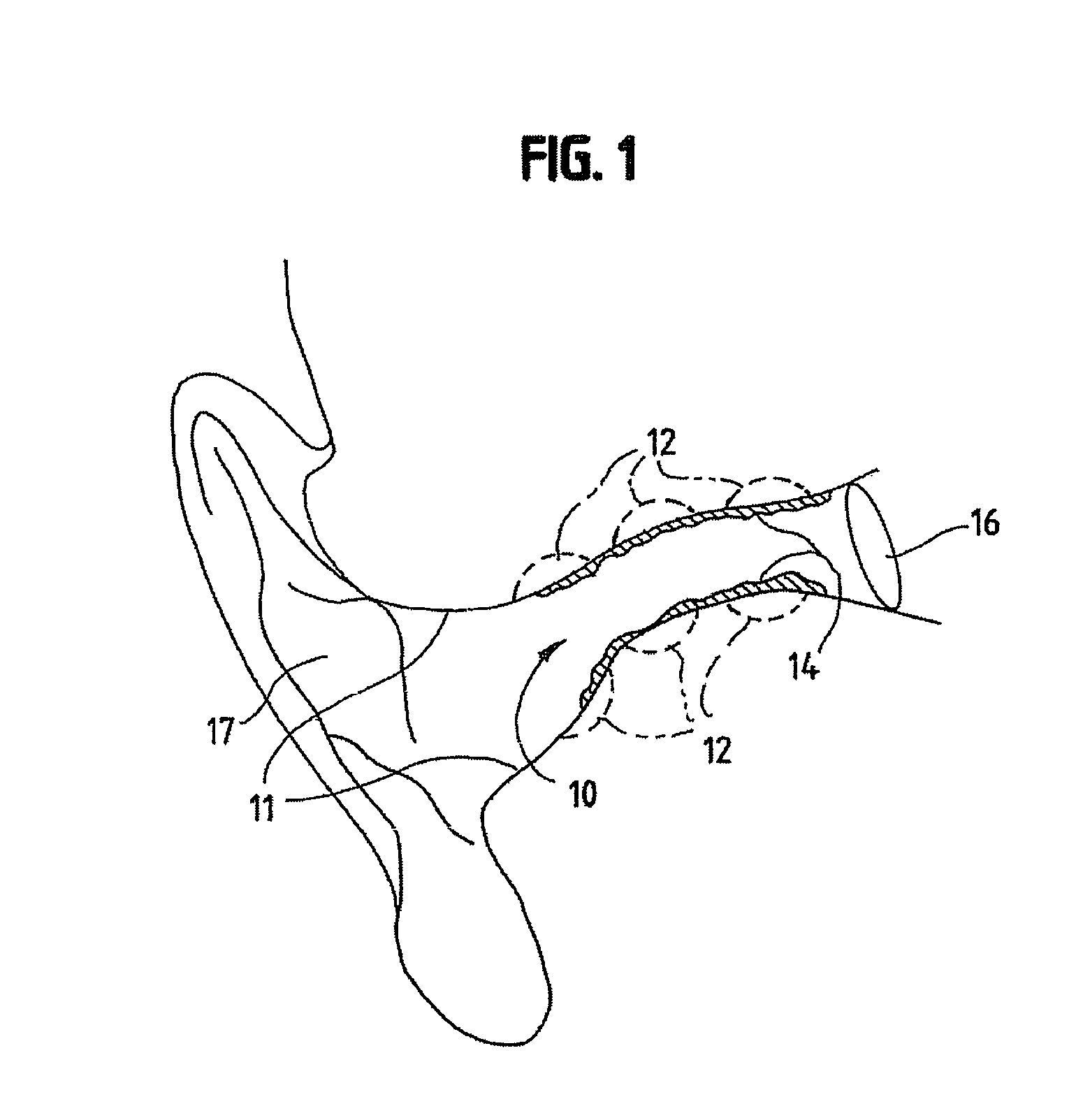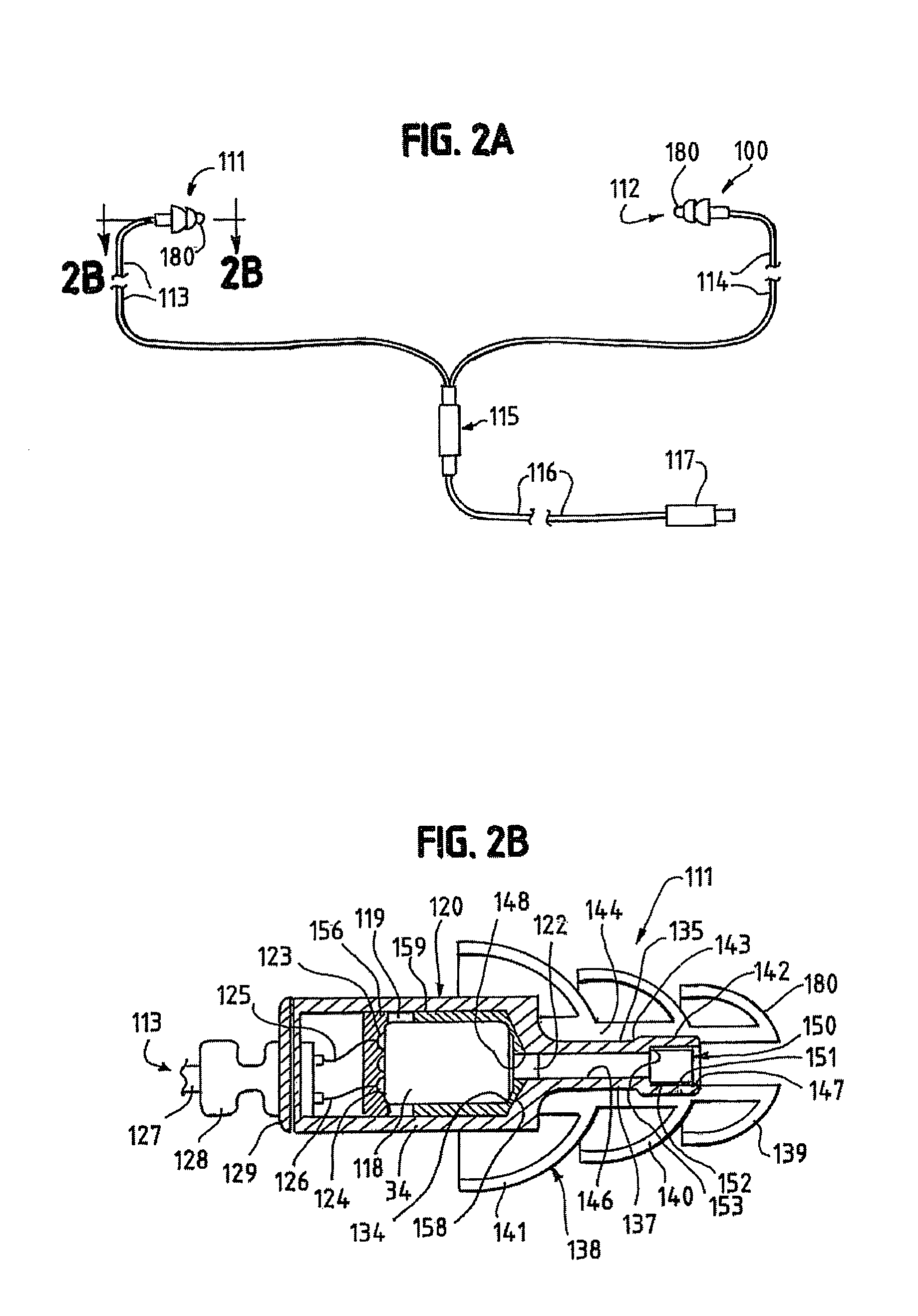Acoustically transparent debris barrier for audio transducers
a technology of debris barrier and audio transducer, which is applied in the field of debris barrier, can solve the problems of high elongation and impact strength of materials, and achieve the effects of low mass, low sensitivity to temperature change, and low stiffness
- Summary
- Abstract
- Description
- Claims
- Application Information
AI Technical Summary
Benefits of technology
Problems solved by technology
Method used
Image
Examples
Embodiment Construction
[0082]Particular embodiments of the present invention relate to barrier membranes useful for preventing a variety of solid, liquid, and vapor contaminants from modifidying or damaging the performance of acoustic transducers, while at the same time providing essentially an acoustically transparent passage of sound. Applications include the protection of small microphones and receivers (speakers for example) (generally referred to as acoustic devices”) commonly used in applications including hearing aids, hearing protection attenuators, communications equipment and personal entertainment and performance sound monitoring devices (generally referred to as “equipment”).
[0083]Based on the clear and unmet needs of the hearing aid and similar sound application users, there appears to be a need for a suitably rugged, cleanable, and acoustically transparent barrier used with both receivers (speakers for example) and microphones. In at least one embodiment, the present invention comprises a ba...
PUM
 Login to View More
Login to View More Abstract
Description
Claims
Application Information
 Login to View More
Login to View More - R&D
- Intellectual Property
- Life Sciences
- Materials
- Tech Scout
- Unparalleled Data Quality
- Higher Quality Content
- 60% Fewer Hallucinations
Browse by: Latest US Patents, China's latest patents, Technical Efficacy Thesaurus, Application Domain, Technology Topic, Popular Technical Reports.
© 2025 PatSnap. All rights reserved.Legal|Privacy policy|Modern Slavery Act Transparency Statement|Sitemap|About US| Contact US: help@patsnap.com



